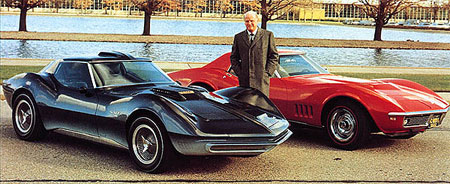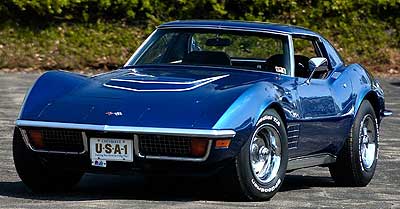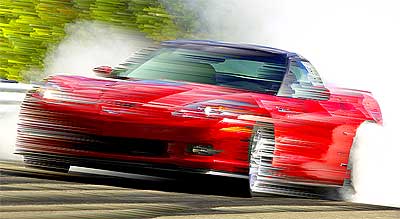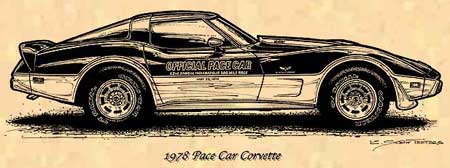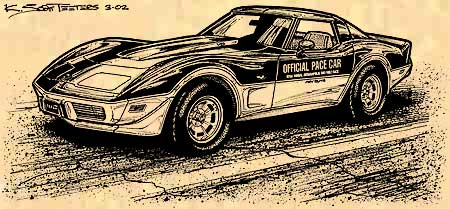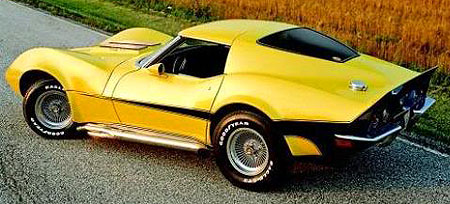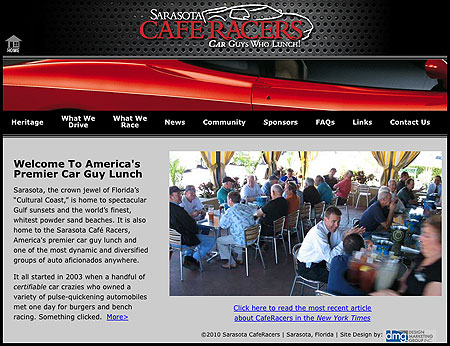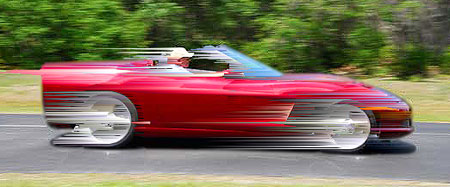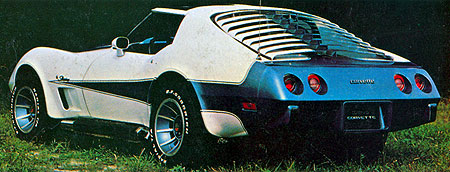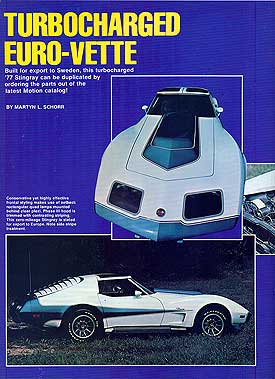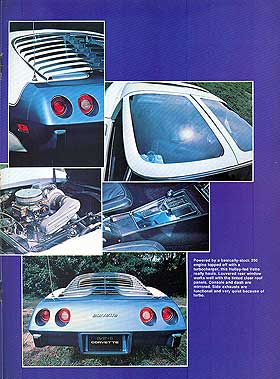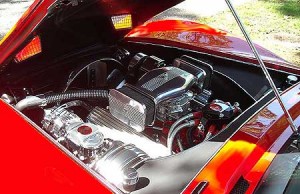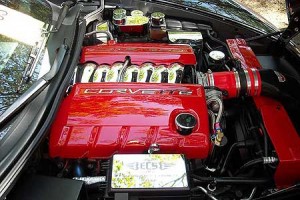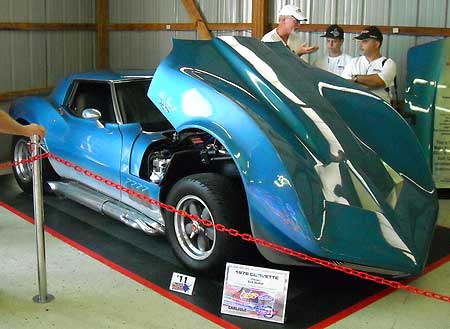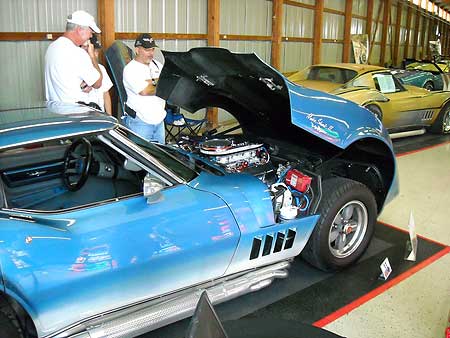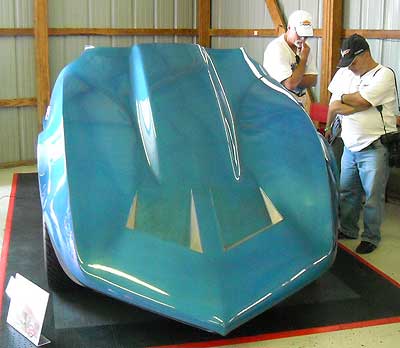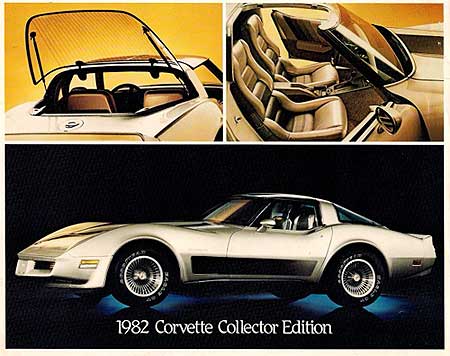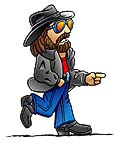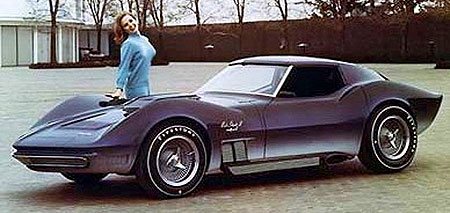Dateline: 10.14.11
For real, authorized Baldwin Motion Supercars are BACK! We go bench racing with the original “Mr. Motion.”
Note: Joel Rosen is the proud owner of the very first of the NEW Baldwin Motion Camaros. Be sure to check out the slide show of Mr. Motion’s new ride!)
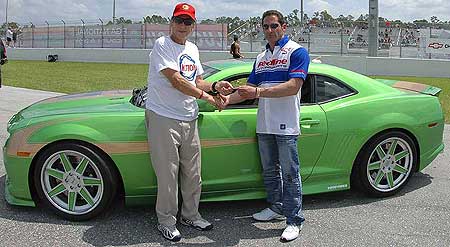
Little did Joel Rosen know in 1960 when he bought Neclan Service Station in the Bedford-Stuyvesant neighborhood of Brooklyn, that over 50 years later, people would be writing about him and going to car shows featuring his creations. Motion Performance was officially born in 1963 and Rosen had a string of successful drag cars of his own, plus many cars that he super tuned. He relocated the shop from Brooklyn to the community of Baldwin on Long Island, on Sunrise Highway in 1966. The following year, Chevrolet unleashed their answer to Ford’s red hot Mustang – the Camaro.
Rosen pitched to Baldwin Chevrolet’s Ed Simonin a new way for buyers to get a brand new, turn key “super” muscle car, with a proven, reliable setup – ready to rock! By 1968 the full “Fantastic Five” lineup of cars was established, featuring Phase III SS-427 versions of the Chevy Biscayne, Nova, Chevelle, Camaro, and Corvette. For just $3,495 you could buy the ultimate street sleeper, the SS-427 Biscayne. Or, if your POCKETS were really deep, for $6,995.85 (an enormous amount of cash beck then) you could get the Phase III SS-427 Corvette. Each car was custom made to order, so every car was slightly different. What’a heady time to be into the high performance street scene.
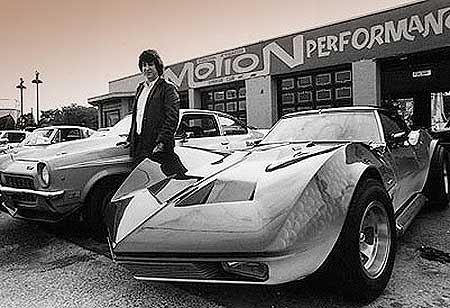
As “they” say, the rest is history, and since you wouldn’t be here if you already weren’t familiar with the Baldwin Motion story, we don’t need to retell the entire story. Mr. Motion is now semi-retired and living the good life in warm, sunny Florida. With the Baldwin Motion brand back in action and in very good hands, thanks to his relationship with Howard Tanner, Redline Motorsports in Schenectady, and DeNooyer Chevrolet, Albany, New York.
I thought the Baldwin Motion fans would enjoy hearing from the original Mr. Motion, Joel Rosen. So, one evening in early July 2011, Joel and I had an interesting conversation. Here goes…
Scott – How did the new Baldwin Motion deal come about?
Joel – Well, it was a little bit of a bumpy start, but we turned it into a very positive deal. DeNooyer Chevrolet and Howard Tanner had been marketing Howard’s “HTR” Camaros and Corvettes for a while. It was kind of like what I was doing with Baldwin Chevrolet back in the day. DeNooyer and Tanner were building new Chevy supercars, ala the Phase III cars. A friend of ours contacted us letting us know that these guys in upstate New York that were using modified versions one of Marty Schorr’s old Baldwin Motion ads – WANTED! – in their advertising.
I didn’t know who they were but when I learned what they were doing, we worked out a deal for DeNooyer and Tanner to work with me and build and market Baldwin-Motion Gen V 427 & 454 Camaros. They even painted up the front showroom windows the same way we did at the Baldwin Chevrolet dealership. Just like that famous photo with “Fantastic Five” on the windows. It was pretty cool. And part of the deal was that I would be able to order Phase III 427-SC Camaro #01.
I did a lot of research on Howard and DeNooyer and must say that they have my full respect. Howard can do anything with modern performance cars, knows the electronics such that he can build the engines to specific horsepower levels, then adjust the electronics to get the car‘s emissions right. We couldn’t do any of that back in our day. They didn’t even have computers controlling fuel and spark. We were just told that we couldn’t remove ANY emissions devices. A lot’s changed. Continue reading “CorvetteReport.com Exclusive Interview: A Chat With Joel “Mr. Motion” Rosen”

